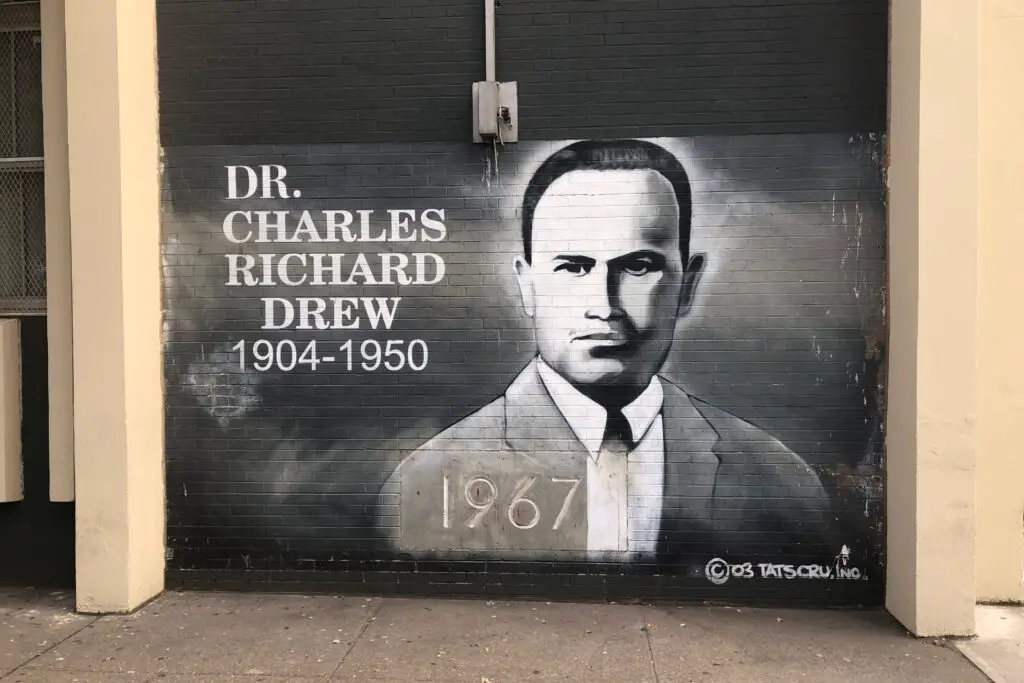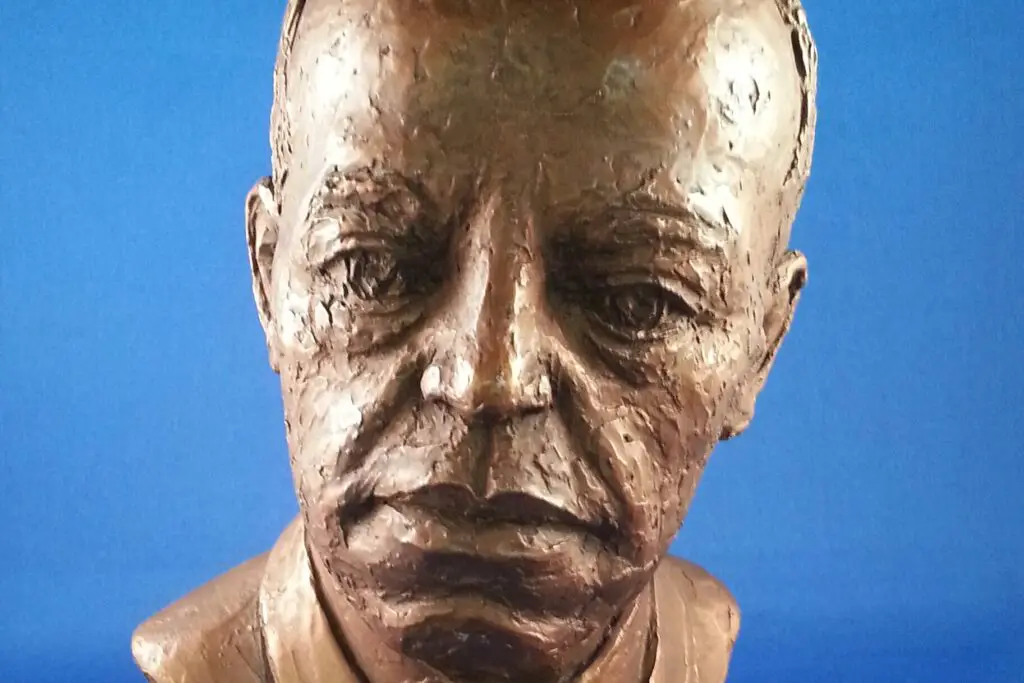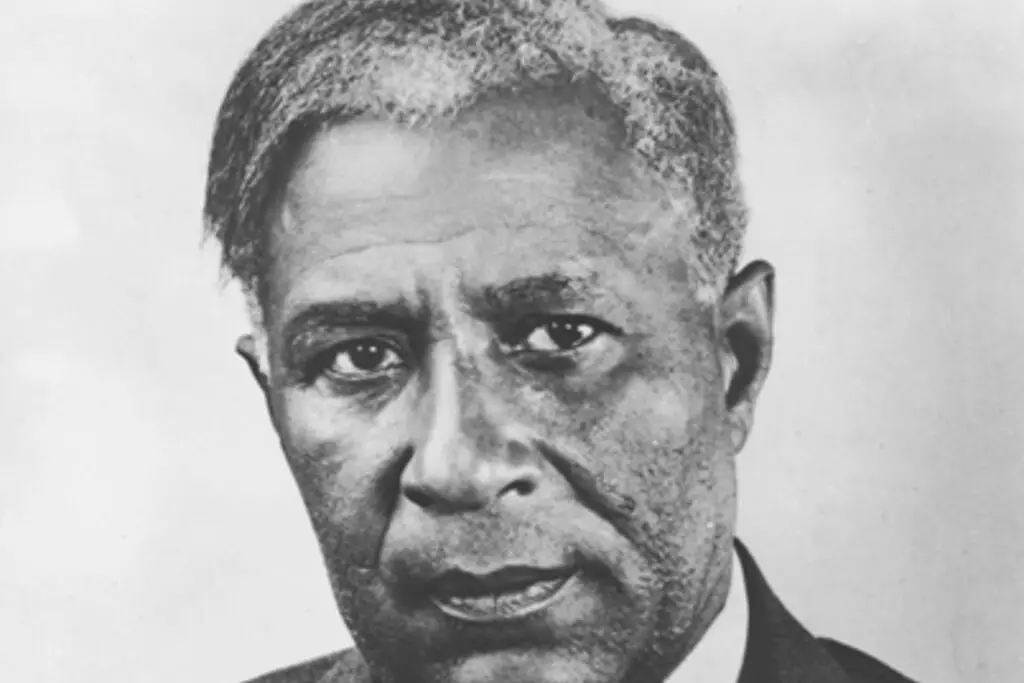1. The Super Soaker: A Game-Changing Invention by Lonnie Johnson

When you think about backyard fun, the Super Soaker is probably the first thing that comes to mind. Well, believe it or not, this iconic water gun was invented by Lonnie Johnson, an engineer who was working at NASA in the ’80s. It all started when he was experimenting with a heat pump system and accidentally created a high-pressure stream of water. Johnson’s curiosity sparked, and he transformed that small experiment into one of the most successful toy inventions in history. The Super Soaker made its debut in 1990 and quickly became a hit, revolutionizing summer playtime for kids across the globe. Beyond the toy, the innovation behind the water gun shows just how powerful a little curiosity can be explains Biography.
Lonnie Johnson’s work on the Super Soaker didn’t stop there; it also opened the door for more innovations in high-pressure fluid systems. After the success of the Super Soaker, Johnson continued to build on his knowledge, working on energy solutions, including the development of a thermodynamic engine. The broader implications of his work on the Super Soaker extend far beyond toys and games—his designs are now being used in areas such as environmental sustainability and engineering. It’s incredible to think that something as simple as a childhood water fight was born from NASA research. Johnson’s journey proves that even the most unexpected discoveries can change the world.
2. The Blood Bank: Charles Drew’s Lifesaving Contribution

Charles Drew’s name is one that’s often overlooked, but his impact is undeniable. Drew, a pioneering African-American surgeon, revolutionized the way blood is collected and stored. During World War II, he developed the method for preserving and storing blood plasma, which is crucial in saving lives during emergencies or surgeries. What makes his discovery particularly groundbreaking is that it allowed blood to be stored for long periods, making it possible to save countless lives on the battlefield. His innovative work laid the foundation for what we know today as blood banks, saving millions worldwide since the 1940s says Mayo Clinic.
Beyond his contributions to medicine, Drew’s advocacy for the equal treatment of African-American professionals in the medical field made him an important figure in social justice. He was instrumental in challenging racial segregation in the medical community, ensuring that blood donations were not segregated by race. Drew’s legacy extends far beyond his groundbreaking medical work; he was a symbol of perseverance and excellence in the face of adversity. Today, the importance of blood banks cannot be overstated, as they continue to save lives daily. Drew’s influence is still felt in hospitals and clinics across the world, proving that a single discovery can echo through time and continue to impact society.
3. The Carbon Filament Light Bulb: Lewis Latimer’s Brilliant Invention

While Thomas Edison is often credited with inventing the light bulb, Lewis Latimer’s contribution is equally crucial in bringing it to life. Latimer, an African-American inventor, developed the carbon filament that made the electric light bulb more affordable and practical. Prior to Latimer’s work, light bulbs were expensive and burned out quickly due to the lack of a durable filament. By creating a carbon filament that lasted longer and was more affordable to produce, Latimer made it possible for light bulbs to become a household staple. His innovation was so essential that it became part of the technology used in Thomas Edison’s later models explains New York Times.
Latimer’s brilliance wasn’t just limited to light bulbs. He also worked as a draftsman and contributed to patents for the telephone and the railroad car. However, his work on the electric light bulb remains one of his most celebrated achievements. Imagine living in a world without light bulbs or dealing with the constant frustration of flickering, unreliable lighting. Thanks to Latimer’s tireless work, we can enjoy a constant source of light, illuminating our homes, offices, and streets. His contribution is an unsung but critical part of the everyday technology we rely on.
4. The Modern Traffic Signal: Garrett Morgan’s Ingenious Invention

Anyone who’s ever driven or walked through an intersection has benefited from Garrett Morgan’s innovation. Morgan, an African-American inventor, created the modern traffic signal in 1923, saving countless lives and improving road safety worldwide. Before Morgan’s invention, traffic signals were basic, often causing confusion and accidents. He designed a three-position traffic light with a “yield” signal, which was revolutionary at the time. This simple yet brilliant addition made it possible for traffic to flow more smoothly and safely, laying the groundwork for the traffic systems we rely on today shares Fox News.
Morgan didn’t stop with traffic signals—he also invented a gas mask that was used during emergencies, including fires and chemical attacks. His gas mask saved countless lives during World War I and was later used in fire departments across the United States. Morgan’s ability to spot the gaps in safety technology and come up with practical solutions showed his foresight and ingenuity. When we drive down the road, we often take for granted the intricate systems that keep us safe, but it’s thanks to Garrett Morgan’s vision that intersections and roads are far less chaotic. His contributions are still present in every traffic signal we encounter today.
